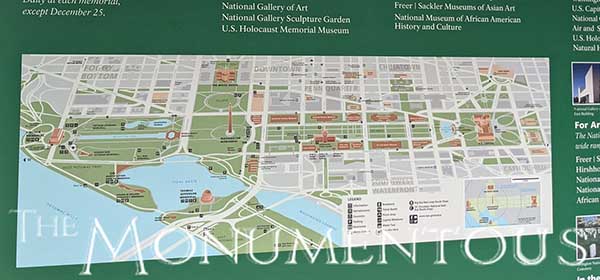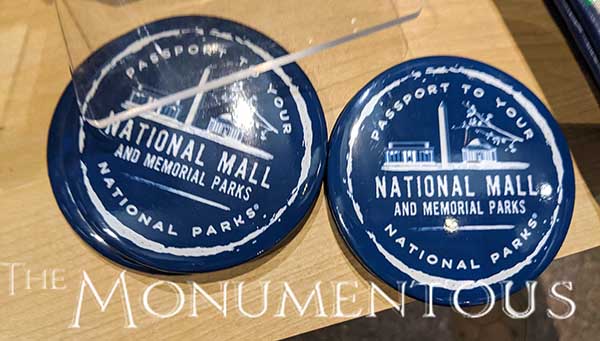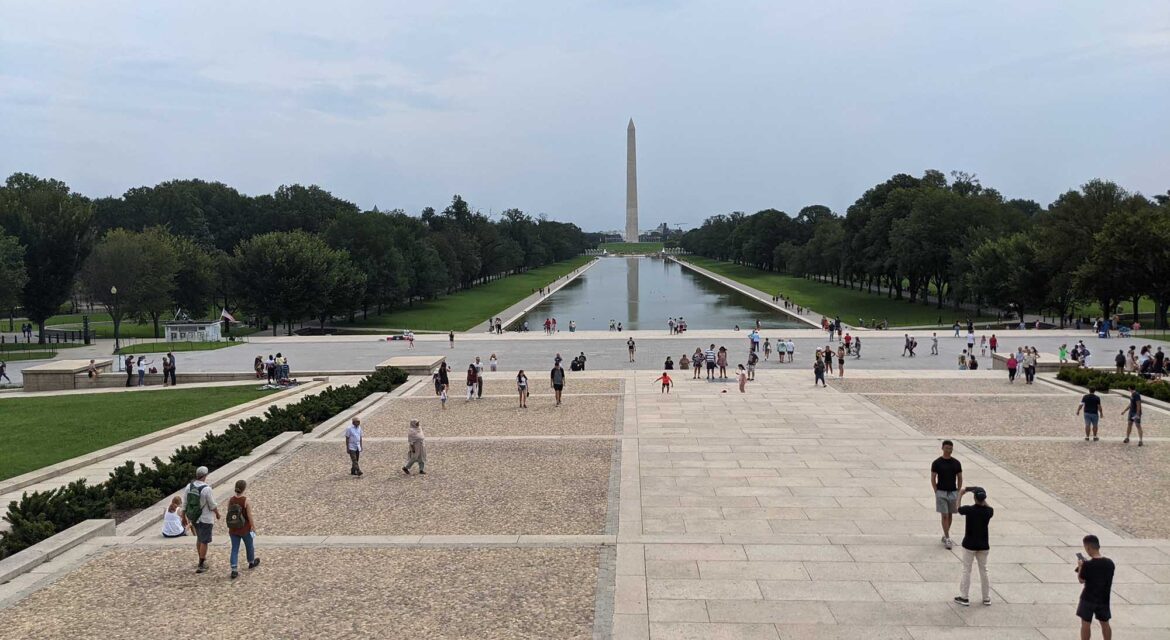 The National Mall contains and borders a number of museums, art galleries, cultural institutions and monuments in Washington, D.C. Officially known as National Mall and Memorial Parks, this landscaped park fulfills the original vision for an area that was always intended to celebrate the nation’s cultural heritage. Doing so has created a space where people can gather to do anything from relax to protest to honor the history of the United States, highlighting the incredible connections that such visions can enable.
The National Mall contains and borders a number of museums, art galleries, cultural institutions and monuments in Washington, D.C. Officially known as National Mall and Memorial Parks, this landscaped park fulfills the original vision for an area that was always intended to celebrate the nation’s cultural heritage. Doing so has created a space where people can gather to do anything from relax to protest to honor the history of the United States, highlighting the incredible connections that such visions can enable.

“America’s Front Yard”
 Developed in 1791, the plan for the future city of Washington, D.C. envisioned a garden-lined “grand avenue” that would run from what is now the United States Capitol to an area south of what is now the White House. It was designed to radiate from many plazas in what was the new capital of the recently formed nation.
Developed in 1791, the plan for the future city of Washington, D.C. envisioned a garden-lined “grand avenue” that would run from what is now the United States Capitol to an area south of what is now the White House. It was designed to radiate from many plazas in what was the new capital of the recently formed nation.
This grand, tree-lined avenue was never constructed but the vision that it represents to honor and celebrate the nation has been realized in a different way. All of that is thanks to the more than 100 monuments & memorials that are interspersed throughout the National Mall, although the most prominent ones have come to define the footprint of the physical space.
The White House designates the northern point of the National Mall opened in 1800, while the Lincoln Memorial that defines the western point was completed in 1922. The U.S. Capitol on the eastern point of the National Mall was installed in 1829, while the Thomas Jefferson Memorial that defines the southern extent of the mall was dedicated in 1943. The dominant feature of the National Mall is the Washington Monument that was completed in 1884, but it is just the most visually distinct of the many museums, monuments, memorials and cultural institutions that are spread across 1,000 acres of parkland.
Nicknamed “America’s front yard,” the National Mall has become recognized as a place to learn about and celebrate the nation’s cultural heritage and partake in important events while also being a place where people can walk, run, and relax. This variety has enabled it to attract audiences from across the country and the entire world.

Where People Gather to Express Their Individuality
National Mall and Memorial Parks is responsible for more than 1,000 acres of parkland, including 14 individual units of the National Park System. Visitors can do everything from relax in the grass to explore the United States Holocaust Memorial Museum, to view the works of Da Vinci or Van Gogh at the National Gallery of Art to explore the multiple Smithsonian Institution Museums.
 As a vast, open expanse at the heart of the capital, it has served as a host of countless rallies and protest. The largest officially recorded rally was the Vietnam War Moratorium Rally in 1969 but everything from the “I Have a Dream” speech to the AIDS Quilt have taken place on this national stage where people gather to express their individuality.
As a vast, open expanse at the heart of the capital, it has served as a host of countless rallies and protest. The largest officially recorded rally was the Vietnam War Moratorium Rally in 1969 but everything from the “I Have a Dream” speech to the AIDS Quilt have taken place on this national stage where people gather to express their individuality.
Stretching over two miles from the Lincoln Memorial on the west end to the U.S. Capitol on the east, the National Mall has been able to become a hub of activity like few other places in the world. By centralizing so many different activities, monuments, events and experiences, the National Mall highlights what it means when a grandiose vision is connected to a much larger legacy.

A Work of Civic Art
 As a collection of monuments and memorials that honor and connect with the identity of the United States, the National Mall area has been referred to as the heart of the Nation’s Capital. Referred to as a work of civic art, it continues to evolve in multiple ways, highlighting how a powerful vision for a space can change and positively define it to create engagement across the eras.
As a collection of monuments and memorials that honor and connect with the identity of the United States, the National Mall area has been referred to as the heart of the Nation’s Capital. Referred to as a work of civic art, it continues to evolve in multiple ways, highlighting how a powerful vision for a space can change and positively define it to create engagement across the eras. 
